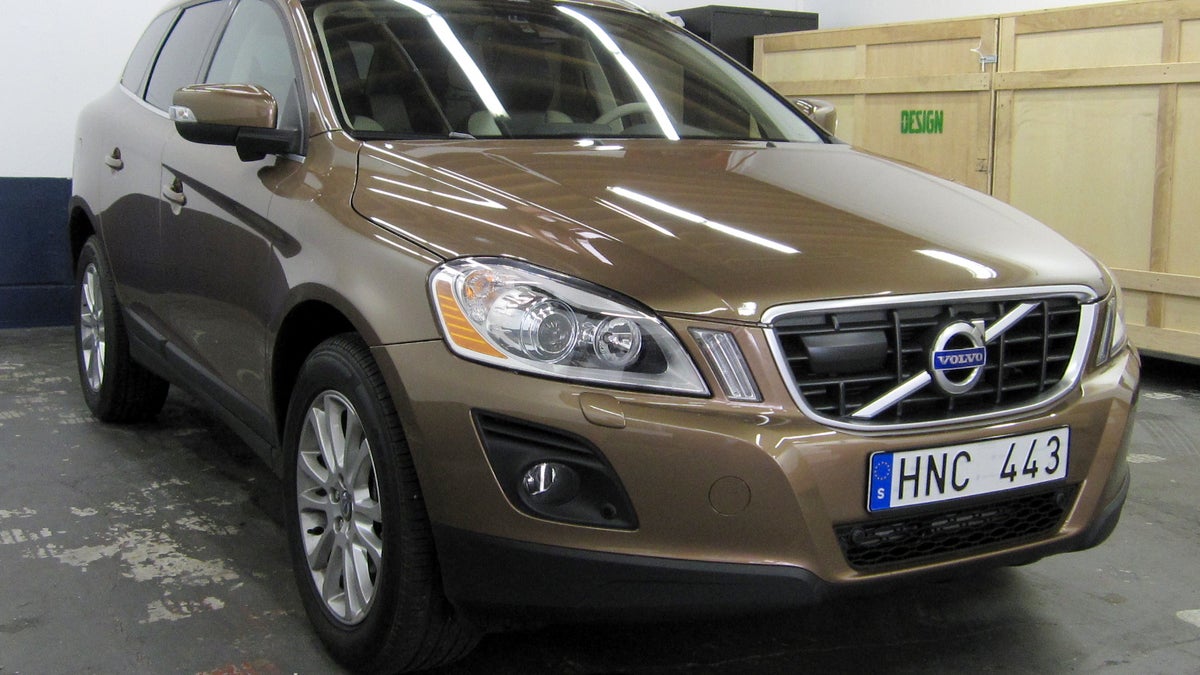Not crashing in a Volvo XC60
CNET Car Tech tries out the Volvo XC60's City Safety feature, which stops the car before it can crash.

Although a car crash perks up everyone's attention, we got to experience the opposite in the noncrashing Volvo XC60. The folks at Volvo want everyone to know about the XC60's new City Safety feature, and they are hosting demonstrations around the country.
We stopped by one of the demonstrations locations, a Volvo dealership in San Francisco, to try it out. Check the XC60 Web site to see if Volvo is holding a demonstration in your area.
City Safety is a standard feature on the XC60, a new Volvo model coming to dealerships in March. Operating at speeds slower than 20 mph, it will stop the car if it senses an impending accident. The system has a forward-facing laser that can detect objects in the car's path. If the car senses a collision, and the driver isn't hitting the brakes or turning the wheel, it will apply full force to the brakes, bringing the car to a full stop.
The system is designed to stop low-speed collisions in heavy traffic or city driving. For speeds of 20 mph and faster, the XC60 can be ordered with the radar-based precollision system, which also controls adaptive cruise control. According to Volvo, 75 percent of collisions happen at low speeds, so the City Safety system should make insurance companies happy.
For our demonstration, the Volvo representative set up plastic pylons in a row to simulate the width of a car. We got in the XC60, accelerated to about 15 mph, and let the car roll toward the pylons. It was very tough to overcome years of training and not hit the brakes, but we held back as car and pylons were about to meet. But then, with about 3 feet to spare, the car jammed on the brakes. A small bit of anti-lock stutter, and the car stopped cold, with plenty of room in front. It was a weird sensation, but we got more used to it as we repeated the run a few more times.
Our friendly Volvo representative mentioned that, at speeds slower than 10 mph, the system will completely prevent a collision, while at 10 to 19 mph, a hit could still happen, although the full force braking will mitigate any damage.

